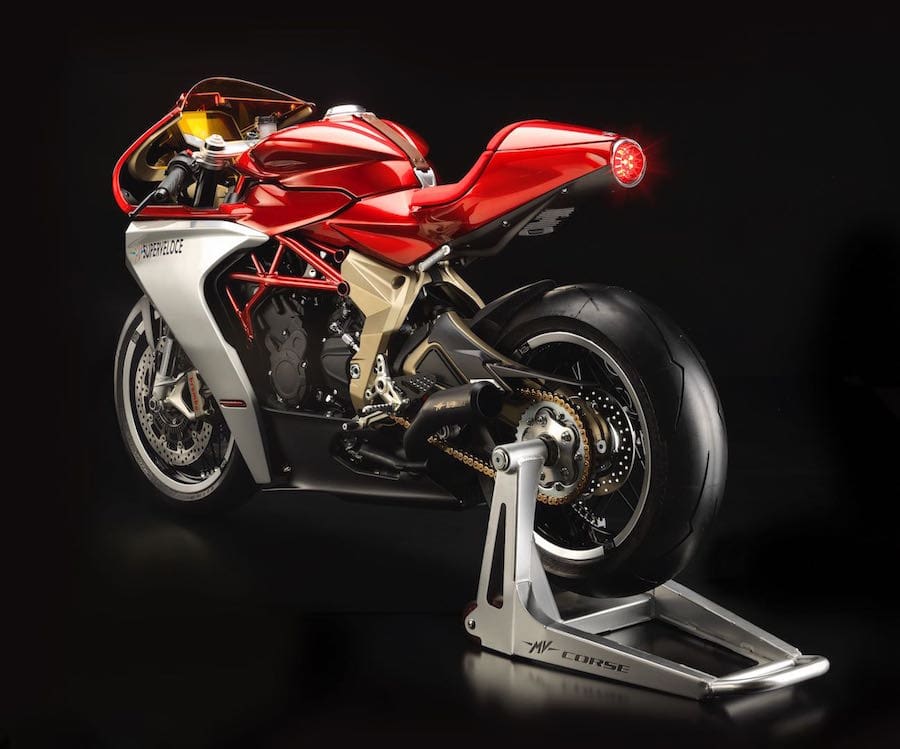It’s official. Retro motorcycles are a market niche that is here to stay. Many of us former Seventies longhairs were sceptical of this sales segment when it suddenly got legs five years ago. We thought it was a fad that would fade. But the world’s biggest motorcycle expo, Milan’s EICMA, has confirmed that retros will remain, with several new models launched.
Us Seventies originals have struggled to understand how major manufacturers are happy to invade a subculture and adapt the key aspects of custom bike builders’ one-offs into retro production models. Back in our day, we were poking two fingers at convention when we chopped and changed our roadbikes. And we did it all on our own, not forking out our hard-earned cash to a self-styled metal guru, like the owners of so many of today’s custom motorcycles.
The precursor of today’s retros, Pierre Terblanche’s Ducati SportClassic of 2006, was a sales flop. Now history has taught us that it was released 10 years too soon. The SportClassic range was a true reinterpretation of Ducati’s great 1970s V-twins that deserved to be a winner. By contrast, many of today’s mainstream retros are built on the copycat principle.
But it’s time for us grumpy old former longhairs to admit that the retro scene is a winner. And many of us are saluting some of the efforts the major manufacturers have thrown up.
There are plenty to choose from BMW, Triumph, Indian Motorcycle, Honda, Ducati, Harley-Davidson, Royal Enfield, Suzuki, Yamaha and Moto Guzzi.
To cap it all off Kawasaki unveiled a new version of its old W800 twin at EICMA. Totally revised, it even meets tougher European emissions without resorting to water cooling.
So what drives people to buy a retro? Part of the answer lies in a recent UK newspaper survey. It found half of the over-50s thought life was better back in ‘the old days’, with 68 percent saying “things were built to last”.
Other well-missed features of the past included face-to-face communication, rather than texts and social media, and politicians who stood for something and had clear opinions. Old-time features not missed were backyard dunnies, the expense of overseas plane travel and smokers being allowed to feed their habit indoors.
In recent years the so-called hipster generation has embraced a lot of these values, adapting them to a modern, faster-paced lifestyle. A key part of this nostalgia kick is durable brands. Anchor’s pomade, a ‘Teddy boy’ original, Pendleton flannel, a cowboy original, and Pabst Blue Ribbon beer, the original American working-class guzzle; all have a new lease on life with the younger generation. And it’s the same in motorcycling.
To underline the link to its original inspiration, Triumph’s new 1200cc Scrambler shared the stage with a genuine 1967 TR6SC dirtbike that was ridden into the recent London launch event.
Motorcycles like these are aimed at both the younger and older rider. And both are buying them. It’s all about having at least one item in your modern lifestyle that is from the “built to last” era.
And this principle can be dated in Australia back to such companies as Fletcher Jones and our country’s first department store, Grace Bros. Their marketing philosophy was based on selling items that would “last a lifetime”, a concept almost impossible to grasp in our modern throwaway era.
Helping us grapple with it are motorcycle companies as diverse as the reborn Brough Superior, a high-end heavy-hitter of retro with its SS100 V-twin, and Fantic, the now Chinese-owned Italian company. Made famous by its Seventies 50cc moped chopper; it plans to launch a range of single-cylinder street-trackers.
Perhaps MV Agusta summed it all up at EICMA, when it unveiled its retro prototype Superveloce 800.
“History is a reflection of time, formed by memories,” a factory statement read. “But, at the same time, it offers a glimpse into the future.”
The Seventies-styled Superveloce 800 hits the market mid-2019. It will be a sell-out.
BY HAMISH COOPER
